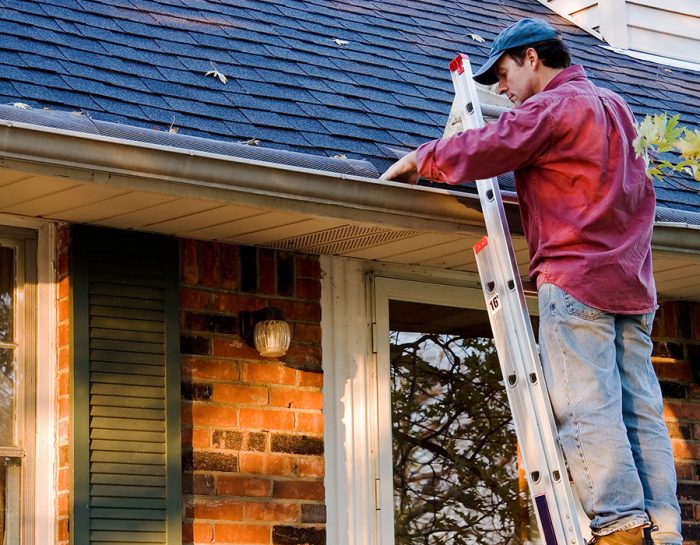Your home’s roof catches all the rain that falls over your home, conveying it to the edges. The rain gutters catch the water and safely guide it away from the walls and foundation. If it weren’t for the rain gutters, the water would flow down the walls, pool around the foundation and cause considerable damage.
A gutter installation may not be as simple as it appears
Many homeowners tend to see rain gutters as simple one-size-fits-all devices — they will simply order from any gutter installation contractor, and have a standard sized product put in. It could work well part of the time, too. If there’s been a sizing mistake, though, the problem could show up when there’s a downpour. If the gutter is too narrow or too shallow, the cascades of water coming down your roof will overwhelm the gutters. There will be uncontrollable overflow.
Many sizing errors also occur simply because guttering contractors fail to take the pitch of the roof into account. The steeper a roof, the faster the water comes down. A shallow or narrow rain gutter would be inadequate for a steep pitch. The water would go into the gutter and simply splash out, a phenomenon known as the gutter overtopping.
How do you avoid gutter design errors?
Contractors often use sizing guides issued by the International Code Council (ICC) and the Sheet Metal and Air Conditioning Contractors’ National Association (SMACNA). Unfortunately, these guidelines do not include roof pitch in their calculations. The studies on which these standards are based do offer warnings in this area. Most guttering contractors, though, do not take those warnings into account.
Premium gutters by gutter design firms such as LeafGuard of Indiana are different. They take the enhanced requirements of roof pitch into account when they design their products.
Such gutters are superior in another important way
Premium gutters come with a special, clog-free design; clogs created by leaves and debris can make the biggest and deepest gutters non-functional by blocking water flow. Covered gutters, on the other hand, are clog-free designs; there is no opening at the top to admit debris in by. Rainwater finds its way into the gutter’s channel through a slit on the side.
Clog-free designs do more than just stay clean. They help make ice dams less dangerous, too.
Considering the kind of damage that poor gutter design can cause, the clog-free designs are a no-brainer, even if they do require a larger up-front investment.

